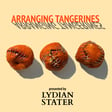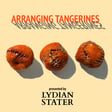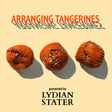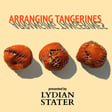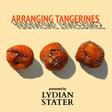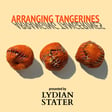
Arranging Tangerines Episode 35 - A Conversation with Nando Alvarez-Perez
In this episode we speak with Nando Alvarez-Perez. We reflect on our previous exhibition, post industrial digital dysmorphya, and discuss the politics of being a triplet, when the right time to “retire” a body of work is, image selection and the flattening of history, the indirect impact Walter Benjamin has had on his practice, deskilling, doodles, and recent activities at Lightwork’s residency program, Cornelia Magazine, and the Buffalo Institute for Contemporary Art.
Nando Alvarez-Perez is a native of Buffalo, New York. In 2014 he graduated from SFAI, where he received the Master of Fine Arts Fellowship in Photography. He uses his work to investigate the boundaries between the personal and the political, the fitness of psychology for ideology, the discrepancies between history and biography, and the relationship between memory, meaning, and place. His practice extends to his work as a founding director of The Buffalo Institute for Contemporary Art, an art and education nonprofit that model how culture can sustain communities through focused, practical engagements with contemporary art, and as editor-in-chief of Cornelia, a visual art review published three times a year for the Western New York and Southern Ontario region. He is currently a visiting professor at Alfred University.
